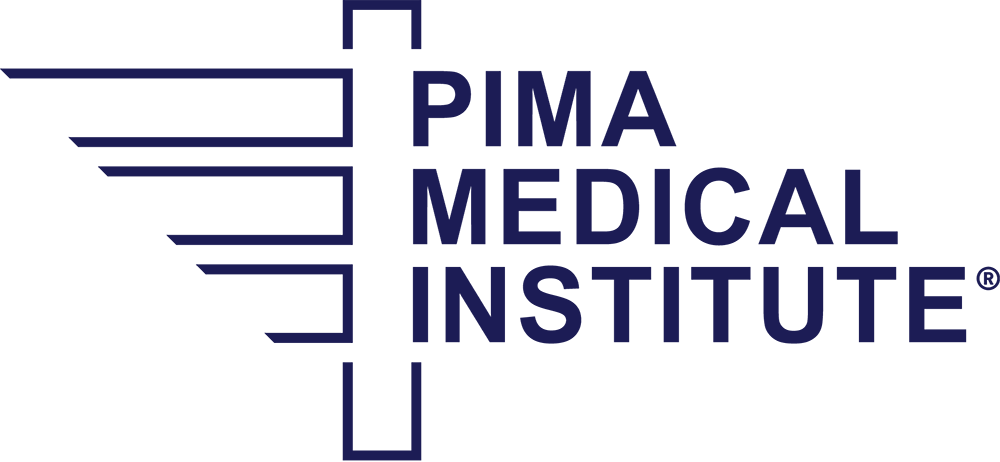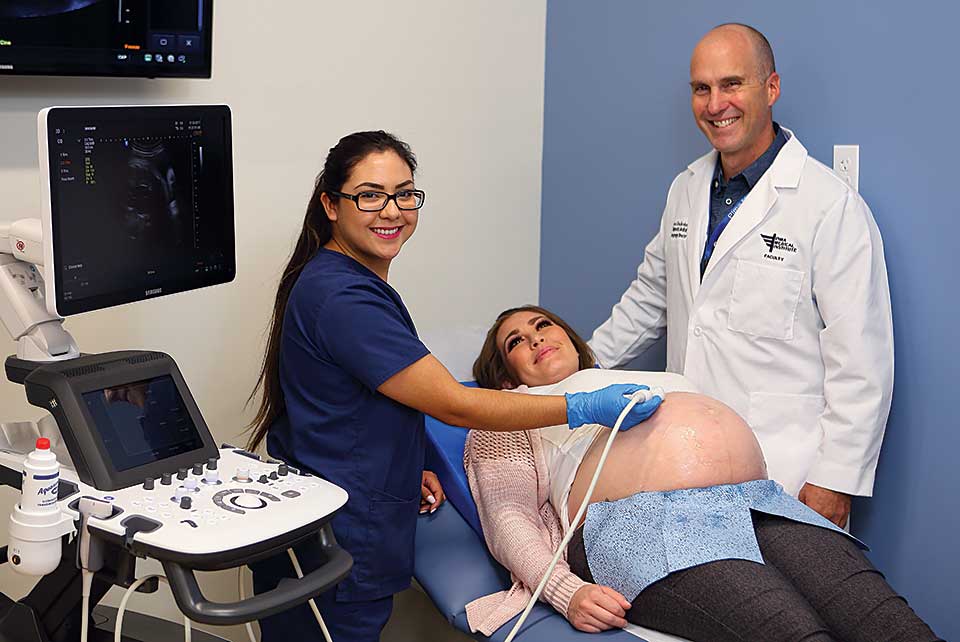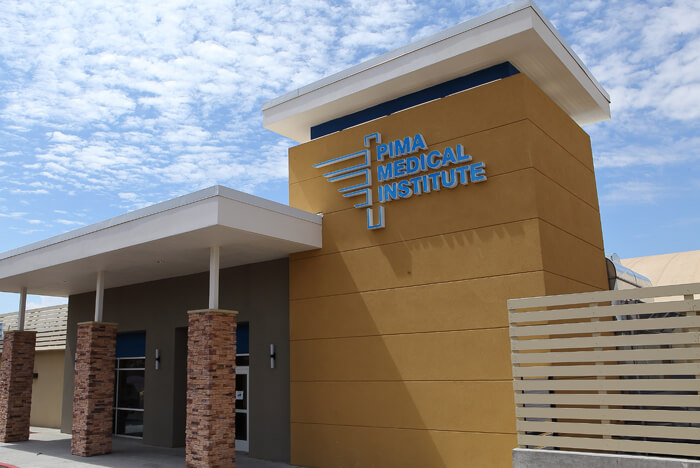Diagnostic Medical Sonography, also known as ultrasound technology, is a type of imaging modality where ultrasonic waves are used to take photos of the inside of the human body. Sonographers manipulate, what is called the transducer probe, to take accurate pictures for the radiologist or doctor. As a sonographer, there are many areas of focus to pursue, and many credentials you can earn. To help you decide, we explain the difference between three of them.
One type of sonographer is a general sonographer, also known as a Registered Diagnostic Medical Sonographer (RDMS). The RDMS has a number of specialties within that field. Another type of sonographer is a Registered Vascular Technologist (RVT), which focuses on the veins and arteries. And the third we are focusing on is the Registered Diagnostic Cardiac Sonographer (RDCS) who specializes in cardiology- and areas of the heart and vascular system. Learn about the details of each one below.
Specialties under the General RDMS Credential
Abdominal Ultrasound: This field mostly focuses on abdominal ultrasound, meaning you focus on everything in the human body except for the heart and veins. Some of the organs it includes are located in the abdominal area such as the liver, kidney, spleen, pancreas and more. But, also with abdominal ultrasound, you are qualified for other things like thyroid exams, scrotal, soft tissues, renal, appendix and so on. The most common jobs for this specialty are in radiology, hospitals, ERs and inpatient and outpatient settings. A good portion of your education will be in the abdominal region and OB/GYN.
OB/GYN Ultrasound: There are two areas of focus in this specialty. There’s the obstetric (OB) portion of the field that performs ultrasound on pregnant women and the fetus as well. The second part is gynecology (GYN), which deals with the reproductive organs. Some examples of this include abnormal bleeding, ovarian cysts, pelvic pain, polys, IUDs, full anatomy exams, first trimester pregnancy screenings and more.
Fetal Echo Ultrasound (can be included under RDCS): The main job for this position is to look at the fetus’ heart when the baby is still in the belly. Most OB/GYN sonographers earn a certification in this specialty and work in medical settings for high-risk pregnancies.
Breast Ultrasound: This specialty is strictly focused on human breast tissue. The majority of these jobs are in women’s health and primary care offices.
Pediatric Sonography: This specialty focuses on the same areas as the abdominal ultrasound sonographer, but with children. If you’re looking into working in pediatrics, this could be a good specialty for you.
Registered Vascular Technologist (RVT) Credential: This is a noninvasive ultrasound. Sonographers use this to look at the veins and arteries- the ulterior vascular system in the human body. Things you’ll evaluate include blood clots, vein thrombosis in the legs or arms, brain aneurisms and abdominal vasculature. Some jobs you might find include vein clinics and hospitals.
Registered Diagnostic Cardiac Sonographer (RDCS) Credential: This role specializes in adult or pediatric/fetal echoes. Your job as a RDCS is to evaluate and take images of the heart, make sure the blood flow is good and that there are no congenital heart defects. This is a very delicate organ, so it’s important to monitor correctly. Places you may work include hospitals, cardiologist’s clinics and pediatric hospitals and clinics.
For any of these DMS roles, you will need to take the Sonography Principles Instrumentation (SPI) board exam, which is the ultrasound licensure exam. Graduates of Pima Medical’s Diagnostic Medical Sonography program may be eligible to apply for the American Registry of Diagnostic Medical Sonography (ARDMS) board examination through one of the available pathways.
You are able to cross-train for any of these specialties and credentials, as long as you can demonstrate that you have reached certain clinical and educational hour requirements. As long as you can prove that you’re clinically competent, you’re able to earn additional credentials or certifications. One thing to consider is if you do want to explore different types of credentialing, there is a five-year rule for the SPI board exam. That means if you haven’t taken the exam within the past five years, you have to retake it in order to cross over from an RDMS to an RVT, for example. However, if you want to earn certification that falls within your own credentialing, such as the OB/GYN and Abdominal as an RDMS, the five-year rule doesn’t apply.
At Pima Medical, our Diagnostic Medical Sonography program takes approximately 22 months to complete. Our career services team will assist with job placement and the program will prepare you to sit for your SPI board exam. If you’re ready to start on your journey to becoming an ultrasound technologist, consider our DMS program.



